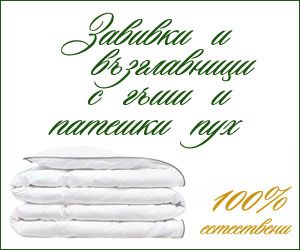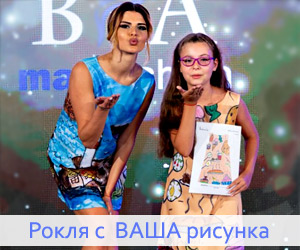CHRISTIAN DIOR: THE ULTIMATE ROMANTISISM OF THE NEW OUTLOOK
Time between 21st January 1905 and 24th October 1957 includes life and work of one of the titans of world fashion Monsieur Christian Dior. Who is he and what do we know about him? How did the failed politologist Christian grow up to the fashion giant Dior? Why did the curious young man, whose parents wanted him to become a skilful diplomat, turn into an emblematic designer, passing through an art retailer and author of sketches?
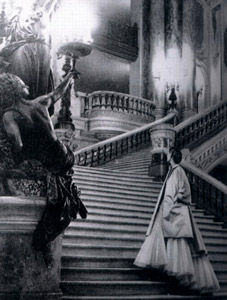
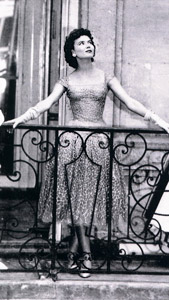
TEACHERS
The influence Christian Dior falls under in his setting up as an original and enormous creator of clothes is essential and complex. In biographical aspect he is influenced by the elegance of his mother – whose style inspires him decades later /even for the making of his strategic collection in 1947 the author remembers that he was inspired by the beautiful clothes that his mother wore during competitions/. As an intelligent and spiritually evolved person he is fond of history and archaeology where he receives from his rich impressions about cultural and civilization development of the world.
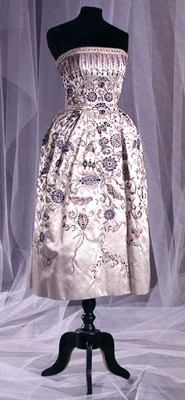
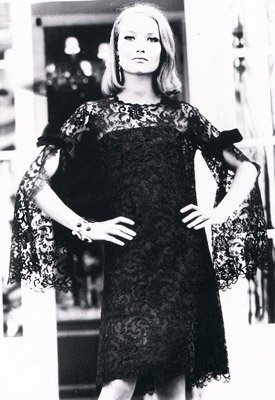
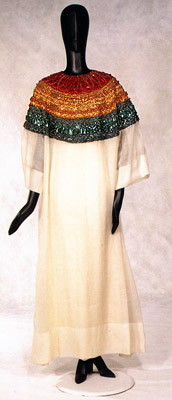
Being head of an art gallery and drawing sketches from young age, Christian is sucked in ideas and suggestions from the big masters of fine and plastic arts. Particularly two giants of the French fashion leave their marks on his art development – Robert Piguet /who he works for between 1938 and 1939/ and Lucien Lelong /between 1942 and 1946/. The last is famous for his preference for long cut out dresses with slim waist, which becomes a Christian Dior’s trademark in the second half of the 40-ies.
FASHION EXPLOSIONS
The work of every fashion dictator such as Christian Dior looks like a volcano, which eruptions resound not only through the years but also through decades and even centuries. Which are the strongest fashion explosions in Dior’s work? The pioneer role of the maestro, mentioned in each textbook for young designers and in fashion encyclopedias and dictionaries, is visible even in his first collection, which media extremely reasonable called “new look”. Tight bodices and skirts in shape of bell grab the attention of connoisseurs and consumers for a long time. After the poverty and misery during The World War II suddenly a creator appears and he offers women’s clothes, made of the most expensive fabrics in amazing volumes. It is said that more than 20 meters of fabric was needed to make only one of these dresses. That’s how Dior himself remembers that time: “We emerged from a period of war, uniforms and women-soldiers who looked like boxers. I was creating women-flowers with flourishing breasts slim waists which looked like liana and skirts which looked like flowers”.
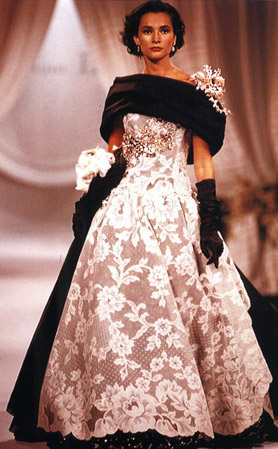
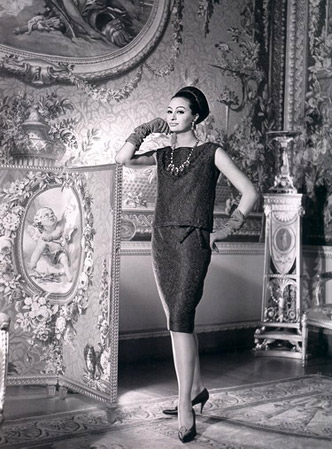
For those who like stages and periods it is the right place to say that the collections of the designer have different line and silhouette - zigzag, H-line /in 1954/, A-line /in 1955/, Y-line /in 1955/ etc. That’s true but it is also true that fashion, launched by Dior /with some exceptions/ always gravitates and interprets the initial “new look” style.
The designer has great service to bringing into fashion the three-part costume – knitted waistcoat, simple upper part and a soft crepe pastel skirt. They, as Georgina O’Hara marks, make a strong impact over the development of fashion.
Through the years Christian Dior makes popular inclined hats, tight pleated skirt, unconventional collars etc. although Dior is reproached by many about the return of corsets and the covering of woman’s body /especially after the public attacks of Coco Chanel/, he launches a light and fairy collection in which convenience prevails under the complex make and banality turns into sign of ambiguity. Today – near half century after the death of this fashion genius - is well to penetrate more carefully to his characterization of the “new look” style in post war time which symbolizes “youth, hope and future”.

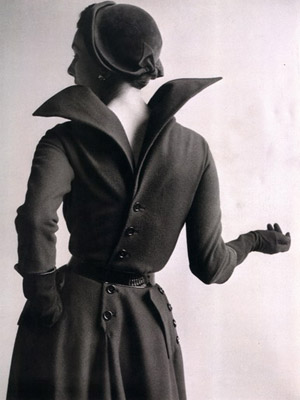
BUSINESS AND CREATIVITY
What would Christian Dior be without the cotton entrepreneur and mogul Marcel Boussac? The situation will be the same if we imagine Yves Saint Laurent without Pierre Berger or Christian Lacroix without Bernard Arnault. Who knows? But the maestro’s biographers don’t miss to mention the useful moment in the relationship between the businessman and the creator, between Boussac and Dior. Some of them even insist that Christian Dior intentionally launches long silhouettes to raise the sell of textile. By the way such a connection between designer houses and distribution is not excluded /in principle/ but it is another long story. It is a historical fact that thanks to the French textile mogul Marcel Boussac in 1946 it becomes possible to be hired a building on “Montaigne Avenue” and to open “Christian Dior” fashion house. The fact that six years later the structure of the fashion house already includes 6 firms, 16 associated ventures, 28 workshops and over 1000 workers, gives information about the rate and dimension of the activity.
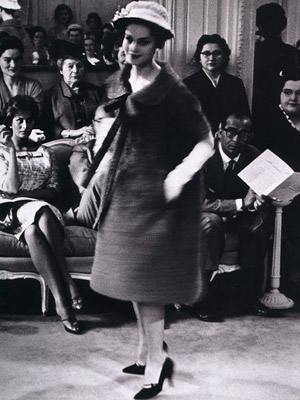
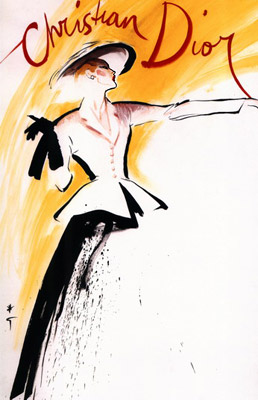
THE PERSONAL MOMENT
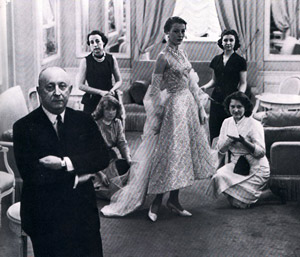 …The personal moment in these superficial hatches about Christian Dior includes my impressions from a exhibition in London – in the Imperial museum of war in 1997 on the occasion of the celebration of the fiftieth anniversary of “Christian Dior” fashion house. The exhibition was composed of over 100 original costumes, accessories and trimmings – shoes, gloves, hats, jewels, and also fashion illustrations, photographs, drawings and documentaries about one of the most interesting periods in fashion – the 40-ies. The visitors were able to see the gorgeous evening gowns, including models of Norman Hartnell from 1938-39; costumes of the most famous theatre and movie stars as the evening dress of Greta Garbo from 1930 and the costume worn by Ginger Rogers during the Oscar ceremony in 1940.
…The personal moment in these superficial hatches about Christian Dior includes my impressions from a exhibition in London – in the Imperial museum of war in 1997 on the occasion of the celebration of the fiftieth anniversary of “Christian Dior” fashion house. The exhibition was composed of over 100 original costumes, accessories and trimmings – shoes, gloves, hats, jewels, and also fashion illustrations, photographs, drawings and documentaries about one of the most interesting periods in fashion – the 40-ies. The visitors were able to see the gorgeous evening gowns, including models of Norman Hartnell from 1938-39; costumes of the most famous theatre and movie stars as the evening dress of Greta Garbo from 1930 and the costume worn by Ginger Rogers during the Oscar ceremony in 1940.
Central place in the exhibition was kept for the work of the creator of the new look, the genius Christian Dior. Visitors could see program patterns from his collection, shown for the first time in 12th February 1947 which scandalized society with their wastefulness – unusual luxury and a new, really revolutionary concept of fashion. The suggestion of this exhibition was that Christian Dior is the first fashion creator, who, after the World War II restores the high taste and sets the ultimate romanticism and new extravagancy. I really enjoyed not only the contemplation of the well known “new look” silhouette, but also of the gorgeous evening gown, worn by Marlene Dietrich in 1949, as well as other wonderful models, made by Coco Chanel, Cristobal Balenciaga, Elsa Schiaparelli and others.
... The great Dior dies on 24th October 1957. Some people insist that this happens during a game of cards, which – if it’s true – is just another confirmation about his artistic nature, which acts in the spirit of “Homo ludens”. The book of M. Pokna, dedicated to the maestro, tells how he is accompanied to his last resting place: Yves Saint Laurent, Balenciaga, Pierre Berger, Pierre Balmain, Jacques Fatty Hubert de Givenchy, Pierre Cardin attend the funeral. The eternal opponent Coco Chanel doesn’t come but she sends a cross, made of roses with their color and scent.
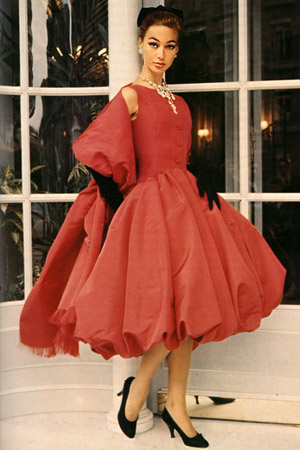
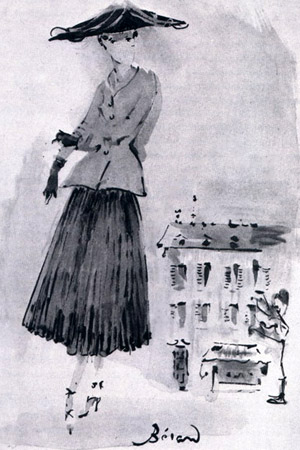
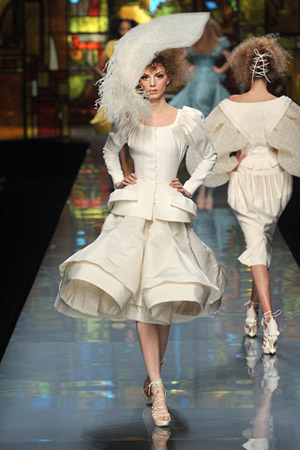
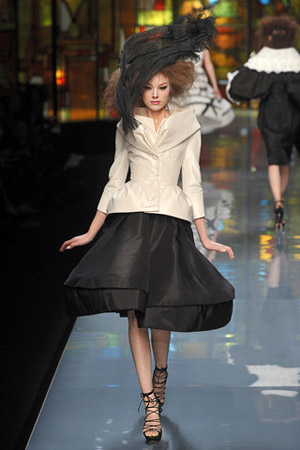
Photographs:
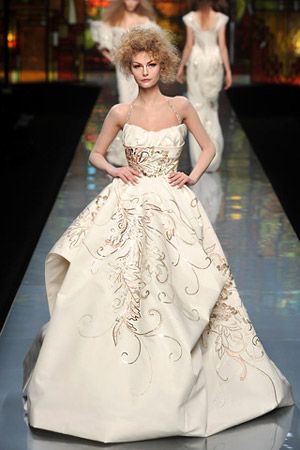 1. Model of Christian Dior, 1948
1. Model of Christian Dior, 1948
Photo: © Coffin, Vogue
2. Model of Christian Dior, 1954
Photo: © Nouveau Femina
3. Model of Christian Dior, autumn-winter 1951 - 1952
Photo: © Cat № 115
4. Model of Marc Boin for “Christian Dior”, autumn-winter 1966 - 1967
Photo: © Robes du soir. Palais Galliera. Musee de la Mode et du Costume, Paris, 1990
5. Model of Marc Boin for “Christian Dior”, 1968
Photo: © Cat № 145
6. A haute couture model of Gianfranco Ferre for Christian Dior, autumn-winter 1989 - 1990
Photo: © Cat № 157
9. Model of Christian Dior, 1948
Photo: © Clifford Coffin
10. Model of Christian Dior, 1947
Photo: © McDowell, C. Fashion today. London, 2000
11. Christian Dior, “Bar” suit 1947
Drawing: Renee Gruilleau
12. Christian Dior in his atelier, 1957
Photo: © Loschek, I. Mode im 20. Jahrhundert. Bruckmann Munchen, 1990.
13. Model of Christian Dior, autumn-winter 1955
Photo: © Loschek, I. Mode im 20. Jahrhundert. Bruckmann Munchen, 1990.
14. Apparel in “new look” style of Christian Dior.
Drawing: Berrear, 1947
15. – 17. John Galliano’s haute-couture collection for “Christian Dior”, spring-summer 2009.
Photo: Alessandro Lucioni / ImaxTree
Read: 48132 times © Fashion Lifestyle Magazine, issue 20, Mart 2009
MORE PUBLICATIONS:ISSUE 18: ANNA MOLINARI: “MY CLOTHES BRING MESSAGE OF BEAUTY AND SEDUCTION"
ISSUE 17: VIKTOR & ROLF: CONCEPTUAL DUO FOR MILLIONS
ISSUE 16: MARC JACOBS: „THE CLOTH LOSES ITS BRILLIANCE, IF IT ISN’T DRESSED BY THE RIGHT GIRL!”
ISSUE 15: GIANNI VERSACE: “THE BOUNDARIES BETWEEN SEDUCEMENT AND VULGARITY CHANGE WITH HUGE SPEED!”
ISSUE 14: ANGELA MISSONI: “I WANT MY WORK TO BE IN HARMONY WITH MY LOVE LIFE AND WITH MY FRIENDS!”





